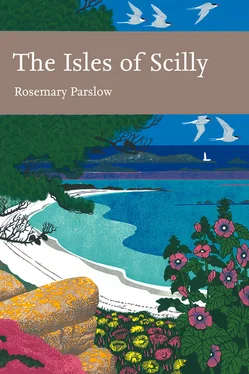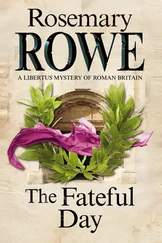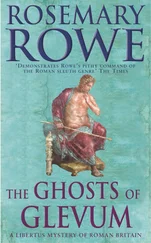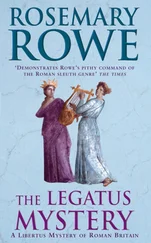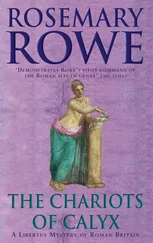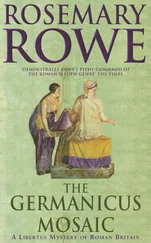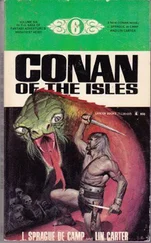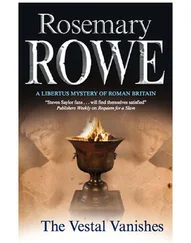Over the eleven years of its existence the Observatory Committee recorded breeding success, migrants and ringing in an annual report. Although it officially closed in 1967 when the farmhouse became uninhabitable, the logs were maintained for another two years (the logs are now lodged in the Alexander Library, Oxford). Sadly, once the observatory closed the main focus of ornithological work in Scilly was lost for a time. More recently there have been ringers on a regular basis, as well as individuals carrying out scientific work, seabird surveys for example. Most of this work is now coordinated by the Isles of Scilly Wildlife Trust. Perhaps the best-known spin-off from the observatory days was the upsurge of the ‘twitching’ phenomenon, which started with a group of London birdwatchers some of whom were regular visitors to the observatory. They had found that the cyclonic conditions in the Atlantic in autumn could lead to the arrival of North American birds on Scilly, as well as the European migrants that arrived with easterlies. Now autumn in Scilly is a phenomenon in itself, with the arrival of hundreds of birdwatchers every October.
Frank Gibson is the fourth generation of the Gibson family to be a professional photographer in Scilly. Many of Frank’s superb photographs of landscape, seas and wildlife have been reproduced in numerous books and publications about Scilly, including several on plants and other natural history subjects. Several photographs from the Gibson collection (which includes photographs by earlier members of the Gibson family) are reproduced in these pages. One of Frank’s collaborators on several books and booklets about the natural history of Scilly was David Hunt, who came to Scilly in the early 1960s, initially as gardener at the Island Hotel on Tresco. Later he moved to St Mary’s, where over the years he carved a niche for himself as the ‘Scilly Birdman’, despite great difficulties in making a living as an independent guide, lecturer and local bird expert. He was responsible for writing a ‘code of conduct’ for birdwatchers which helped to improve relations between islanders and birdwatchers. David’s autobiography, Confessions of a Scilly Birdman (1985), was published posthumously after his career came to an untimely end in northern India in 1985, when a tiger killed him as he was leading a birdwatching tour. When I saw him shortly before his final trip, he mentioned his need to get a good photo of a tiger; his camera was recovered after the accident and when the film was processed he had indeed secured a good picture of the tiger that killed him.
After David Hunt’s death his friend Will Wagstaff continued the slide shows and guided walks that had become very popular with visitors. Will had, like many other birdwatchers, first come to Scilly on holiday, returning every year from 1975 until he eventually moved to St Mary’s in 1981. For a while Will worked for the Isles of Scilly Environmental Trust (now Wildlife Trust) as field officer until becoming a self-employed tour leader and lecturer. When the Isles of Scilly Bird Group was started in 2000, by a group of resident birdwatchers, Will was the first Honorary President. The ISBG publishes the excellent Isles of Scilly Bird & Natural History Review annually. With a nucleus of resident birders on the islands there has been an increase in observations during the winter months, and indeed throughout the year. This has culminated in the production of another book on the birds of Scilly (Flood et al., in press).
During the twelve years he lived on St Mary’s Peter Robinson carried out ringing and population studies as well as organising surveys on behalf of RSPB, JNCC and English Nature, including ‘Seabird 2000’ and the Breeding Bird Atlas. In 2003 his interest in the islands and their ornithology culminated in the publication of The Birds of the Isles of Scilly . This monumental work reviewed the birds of Scilly from historic references up to the present day.
The Environmental Trust for the Isles of Scilly was set up in 1986. In 2001 the Trust became the Isles of Scilly Wildlife Trust, the forty-seventh member of the Wildlife Trusts partnership in the UK. Based on a total land area of 3,065 hectares at LAT (lowest astronomical tide), the Trust is responsible for 60 per cent of Scilly, with 1,845 ha leased from the Duchy of Cornwall. A very small trust, with only three members of staff in 2006, they have an unusually challenging operation, working in an island situation where all the tools, machinery and volunteers have to be transported by boat from St Mary’s to other islands for a day’s practical management work. During 2000 the Trust took on the disused 1900 Woolpack gun battery on the Garrison, which has now been refurbished and is used as a custom-built volunteer centre with accommodation for thirteen volunteers, including an underground meeting room.
Many films and TV programmes are made on Scilly. Andrew Cooper first visited Scilly in 1981, and made several films about the natural history of the islands, Isles Apart, Secret Nature and Lost Lands of Scilly. He also wrote Secret Nature of the Channel Shore (1992) and Secret Nature of the Isles of Scilly (2006). While working on the films Andrew spent many months in Scilly, observing and filming the wildlife. He was the first person to photograph caravanning behaviour of Scilly shrews. Andrew is Vice-President of the Isles of Scilly Wildlife Trust.
In recent years a number of other naturalists, both local and visiting, have made their unique contributions to our understanding of Scilly’s wildlife. Local diver Mark Groves has written and lectured on the marine life of the islands, photographing many underwater subjects. St Agnes farmer Mike Hicks records and writes about moths, and local restaurateur Bryan Thomas’s superb photographs are a regular feature of the Isles of Scilly Bird Report and Natural History Review . Martin Goodey, who runs Trenoweth Research Station, is also an enthusiastic photographer of birds and insects. For many years Stephen Westcott has been studying the Scilly population of grey seals Halichoerus grypus (Fig. 25). He works from a kayak, which enables him to get very close to the animals with minimal disturbance.
FIG 25.Grey seal among tree mallow. (David Mawer)
Lower plants have not been forgotten, and have been studied by Bryan Edwards (lichens), David Holyoak, Jean Paton and Robert Finch (bryophytes). Insects have been getting more attention too, with the papers by Ian Beavis, and a number of other entomologists, including local birdwatchers in Scilly who have now extended their interests into recording bush-crickets, stick insects and other groups. Molluscs, ferns and plants have also had their disciples. The production of the Isles of Scilly Bird Report and Natural History Review has encouraged visiting and local naturalists to publish their records and papers, making information much more readily available. A number of contributors to the Review have been very generous with information and illustrations for this volume and are acknowledged elsewhere.
Not a tree to be seen, but there are granite piles on the coast such as I never saw before, and furze-covered hills with larks soaring and singing above them.
George Eliot (1857)
ST MARY’S IS THE largest of the Isles of Scilly at 649 hectares (above MHWS) and approximately 4km x 3km from coast to coast. Only on St Mary’s is there enough metalled road to merit any kind of bus service or any traffic as such. There are just over seventeen kilometres of road that link most of the communities on St Mary’s. Besides being busy with local and farm traffic, the sightseeing buses, the hire bikes and the taxi cabs all use the road to provide a service for the holidaymakers who flock to the island in the summer (bringing your own car to Scilly is not advised).
Читать дальше
